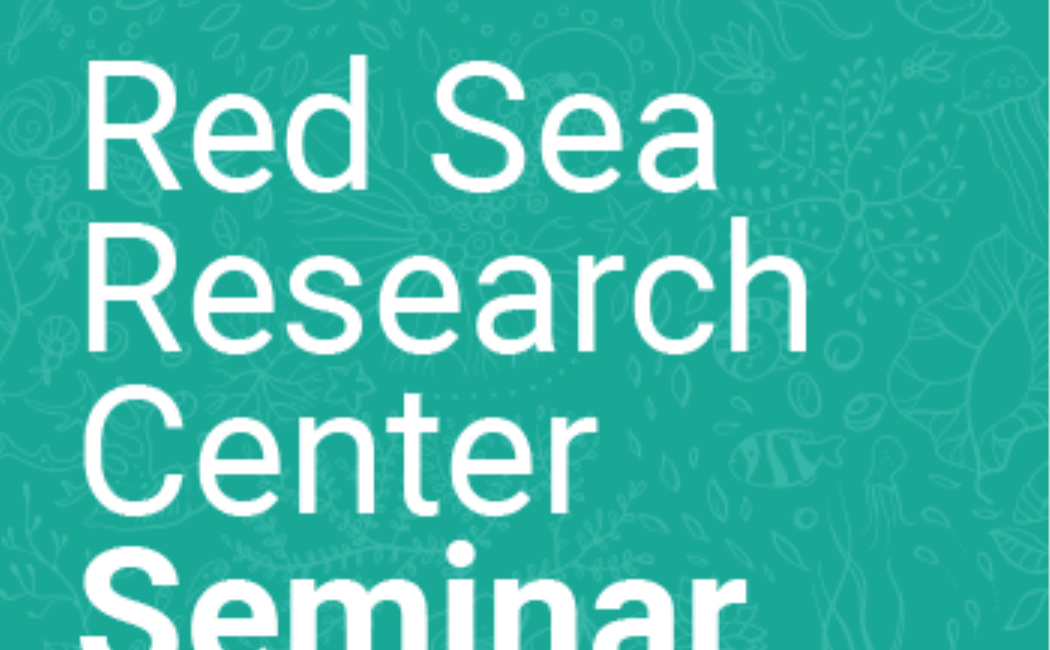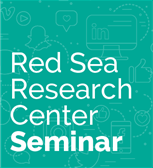



 Speaker 1: Victoria C. Golding
Speaker 1: Victoria C. Golding
Title: Understanding thermal acclimatization potentials to different diel temperature variabilities in Acropora hemprichii
Bio: Victoria Golding is an M.Sc. candidate in the Symbiomics Lab (Genomics) under the supervision of Prof. Manuel Aranda. Victoria obtained her bachelor’s degree in Marine Science with Arctic Studies at the University of the Highlands and Islands on the west coast of Scotland in 2019. Victoria’s M.Sc. dissertation, which she plans to defend next year, addresses the acclimatization potential of a branching coral species in the Red Sea after reciprocal transplantation between a high and low thermally variable environment, and how such variability affects the response of the coral to heat stress.
Abstract: As rising sea temperatures and the increase in frequency, duration, and intensity of marine heatwaves threaten coral survival at a global scale, research on the capacity of corals to acclimatize and adapt to changing environments has become a high priority. Understanding how environmental parameters shape corals’ thermal performance across habitats is crucial to identify populations with high vulnerability to future warming. In recent studies, corals from high diel variable (HV) environments have shown increased bleaching tolerance compared to corals from low diel variable (LV) environments. Here, we investigate if these phenotypes are shaped by acclimatization, habitat specific adaptation, or a combination of both, in the branching coral, Acropora hemprichii, by reciprocally transplanting individuals between a back (HV) and front reef (LV). After ten months of acclimatization, comparisons of photosynthetic efficiency (photosystem II), mortality, and coral physiology will be assessed between coral ramets exposed to ambient and elevated conditions during acute thermal stress experiments. Further, we aim to access intragenerational effects that may alter the thermal stress performance of larvae after long term (>1 year) acclimatization via cross-breeding individuals in trials. Our study aims to elucidate the evolutionary mechanisms driving coral habitat specific thermal stress tolerances, which may inform coral reef management and restoration efforts.
Speaker 2: Megan Nolan
Title: Species distribution models to inform coral relocation, restoration, and habitat extension planning
Bio: Megan Nolan has been an intern in Prof. Manuel Aranda’s Symbiomics Lab since January. After obtaining a bachelor's in Biological Sciences from the University of Exeter, England, Megan studied for a Masters by Research at the University of Leeds, and successfully defended her thesis in December last year. Her project used species distribution modelling to indicate the importance of habitat variance in spatial conservation planning. Since arriving at KAUST, Megan has continued to use the same species distribution modelling techniques from her masters in order to suggest locations for coral restoration in the Al Wajh lagoon in the Red Sea.
Abstract: To counteract the degradation of coral reef habitats due to anthropogenic and climatic stressors, coral restoration practices have become more widespread in recent years. However, for restoration to be effective, it is fundamental to know where to invest limited resources. Here we present a novel approach using species distribution models to identify suitable habitats for coral relocation and habitat expansion. We use the Al Wajh lagoon in the Northern Red Sea as a case study, a site that is currently being developed as part of Saudi Arabia’s ambitious Vision 2030 eco-tourism projects. This “Red Sea Project” aims not only to mitigate habitat degradation during construction but to gain net conservation benefits via extensive habitat expansion. Thus, to inform management decisions during and after construction, we built an ensemble species distribution model for average hard coral cover in the area. We then identified 19 abundant coral genera and trained the model for each genus. This allowed us to predict, based on measured environmental variables, the locations most suitable for each genus, and to compare between results. Furthermore, using remote sensing data, we identified distinct areas suitable for coral habitat extension. Our results demonstrate the potential of species distribution models in marine spatial planning to increase the success and efficiency of habitat restoration and expansion.